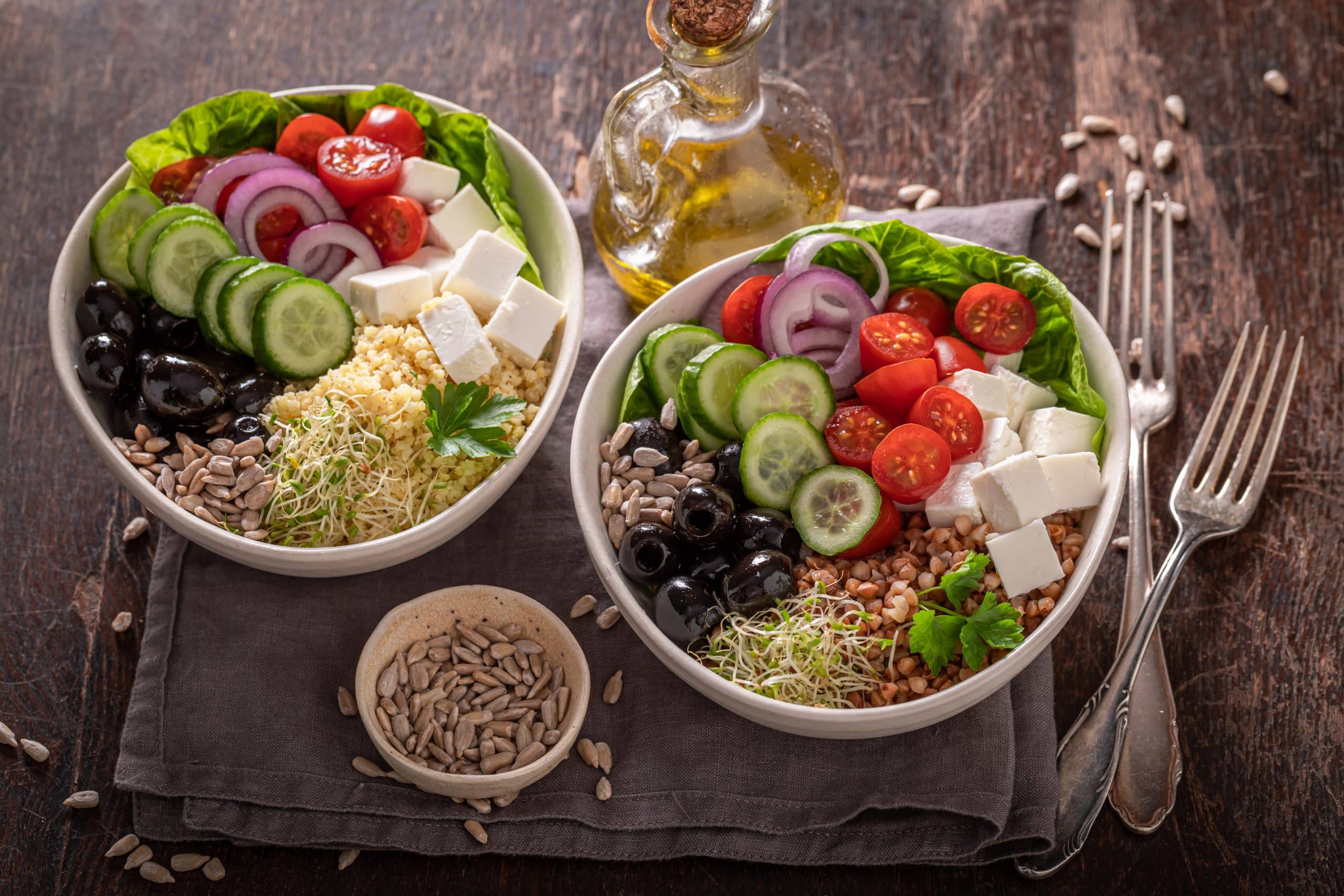How to Prepare and Administer a Balanced Raw Diet for a Ferret?

Whether you are a seasoned ferret owner or a novice just starting out, feeding your pet a balanced, raw diet can be a daunting task. A ferret’s diet is not as straightforward as a dog or cat’s might be. These carnivorous creatures thrive on a diet of fresh meat, bones, and organ meat, which can be challenging to prepare and administer. However, with the right knowledge and a bit of practice, you can ensure that your pet is receiving all the nutrients it needs to stay healthy and lively.
1. Understanding Your Ferret’s Dietary Needs
Before diving into the specifics of a raw diet for ferrets, it’s important to understand your pet’s dietary needs. Ferrets are obligate carnivores, meaning their bodies are designed to digest meat and bones. They lack the ability to process plant-based foods, which can cause digestive issues and even serious health problems. Hence, a ferret’s diet must be primarily composed of meat, bones, and organs.
Also to discover : How to Design a Cat-Proof Home Office Setup?
Ferrets require a high-protein, high-fat diet. Protein should make up approximately 35% to 40% of their daily food intake, while fat should comprise about 20%. The rest of their diet should consist of bones and small amounts of organ meat.
2. Components of a Balanced Raw Diet
A balanced raw diet for ferrets will typically include various types of meat, bones, and organs. The variety ensures that your ferret is receiving a wide range of nutrients, which is key for their health and wellbeing.
Also read : How to Effectively Reduce Excessive Shedding in Siberian Huskies?
Meat: This is the primary component of your ferret’s diet. Common choices include chicken, turkey, and rabbit. It is ideal to feed a mix of different meats to ensure a balanced nutritional profile.
Bones: Bones are an essential part of a ferret’s diet. They provide necessary calcium and help keep your ferret’s teeth clean and healthy. Chicken wings, necks, and ribs are all suitable choices. However, you must ensure the bones are small enough for your ferret to chew and digest.
Organs: Organ meats such as liver, heart, and kidneys are nutrient-dense and should make up a small portion of your ferret’s diet. However, they should not exceed 10% of the total diet as they can be too rich and cause diarrhea.
3. Preparing the Raw Diet
Once you understand the components of a balanced raw diet, the next step is the preparation. Begin by sourcing high-quality, fresh meat, bones, and organs. You can purchase these from a local butcher or grocery store. If possible, opt for organic or free-range meat to minimize the risk of chemical contamination.
Cut the meat into small, bite-sized pieces that your ferret can easily eat. The bones should also be appropriately sized. Avoid feeding cooked bones to your ferret as they can splinter and cause harm. Instead, opt for raw, soft bones that your ferret can easily crunch and digest.
Organ meats can be diced into small pieces and mixed in with the regular meat. However, avoid feeding too much at once to prevent digestive upset.
4. Administering the Raw Diet
Administering a raw diet requires some planning and consistency. Ideally, ferrets should be fed several small meals throughout the day, as they have a fast metabolism.
Consider dividing the total amount of food your ferret needs into 3 or 4 smaller meals. This helps to mimic the feeding habits they would have in the wild, where they would eat multiple small prey throughout the day.
Always ensure that fresh water is available for your ferret. While a raw diet will provide some hydration, it is crucial that they have constant access to clean drinking water.
5. Transitioning from Kibble to a Raw Diet
If your ferret is currently eating kibble, transitioning to a raw diet should be done gradually to avoid upsetting their digestive system. Start by introducing small amounts of raw meat alongside their regular kibble.
Over time, gradually increase the amount of raw food while decreasing the kibble until your ferret is fully on the raw diet. This process may take a few weeks, but patience is key.
Despite the initial effort, providing your ferret with a balanced raw diet can bring numerous benefits, from a shinier coat to increased energy levels. With a little preparation and perseverance, you can ensure your ferret is receiving all the nutrients they need to thrive.
6. Examples of Balanced Raw Meals for Ferrets
Now that we’ve explored the types of food to include in your ferret’s raw diet, let’s look at some examples of balanced raw meals. Keep in mind that the portion sizes will depend on your ferret’s age, body weight, and activity level.
Chicken Meal: A simple meal could consist of diced chicken breast, which is a good source of muscle meat. You can pair this with a small chicken wing, which provides the necessary bone content. To round out this meal, include a small portion of chicken liver or heart for their organ meat allotment.
Rabbit Meal: Rabbit meat is lean and highly nutritious. Combine diced rabbit meat with a small rabbit rib for bone content. A sliver of rabbit kidney can provide the necessary organ requirement.
Turkey Meal: Turkey is another excellent choice for ferret raw feeding. Diced turkey thigh, a small turkey neck for bones, and a bit of turkey liver constitute a balanced raw meal.
Rotate between these types of meals, and consider introducing other meats as well to maintain variety in your ferret’s diet.
7. Common Challenges and Solutions in Raw Feeding
Adopting a raw diet for your ferret may come with a few challenges. Some ferrets may initially resist the change from kibble to raw food, while others might overindulge in organ meat, leading to digestive upset.
To mitigate these issues, always make the transition gradually and monitor your ferret’s reactions. If your ferret refuses to eat raw meat, try a raw soup mixture. This involves blending the raw meat, bones, and organs into a soup-like consistency that’s easy for your ferret to eat.
If your ferret is overindulging in organ meat, limit its access and only provide the recommended portion. Remember, organ meats should not exceed 10% of their diet.
Conclusion
Feeding your ferret a balanced raw diet can be a significant shift from the convenience of commercial pet food. However, the benefits to your ferret’s health and vitality are undeniable. From a vibrant coat to increased energy levels, the improvements in your pet’s well-being make raw feeding worth the effort.
For first-time ferret owners, preparing and administering a raw diet can feel overwhelming. However, with the right information and gradual transition, it is achievable. As always, consult with a pet nutrition expert or vet if you have any questions or concerns about changing your ferret’s diet.
A well-fed ferret is a happy ferret, and the effort you put into providing a balanced raw diet will contribute significantly to the quality of your pet’s life. Remember, variety is key to ensuring all nutritional needs are met, and portion sizes should be appropriate to your ferret’s body weight and activity level. Your dedication to a balanced raw diet will result in a healthier, livelier companion in your ferret.
